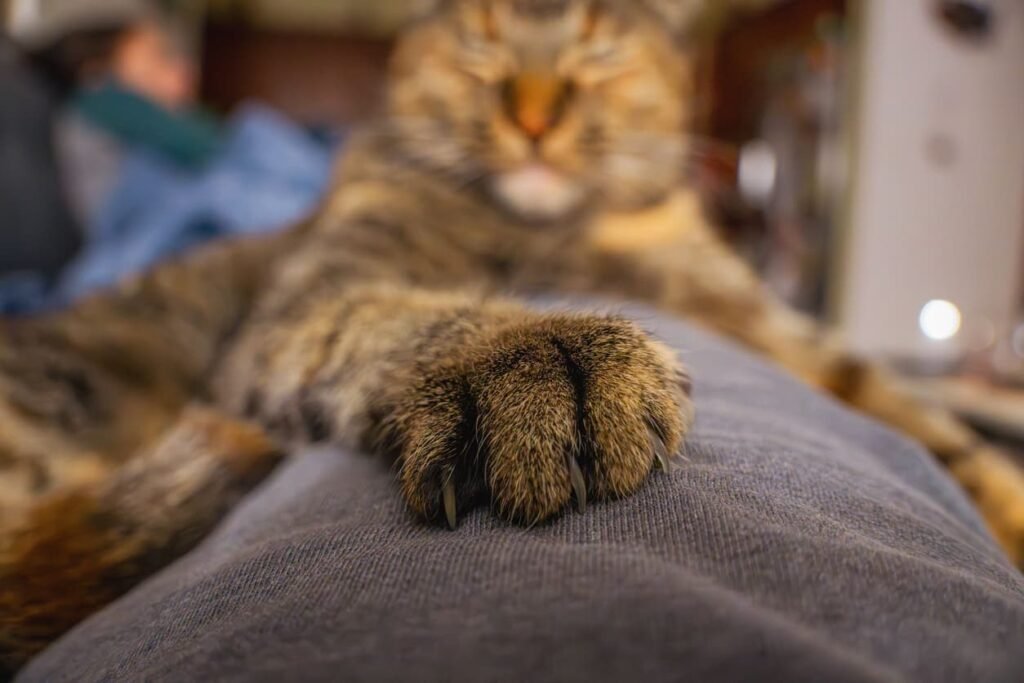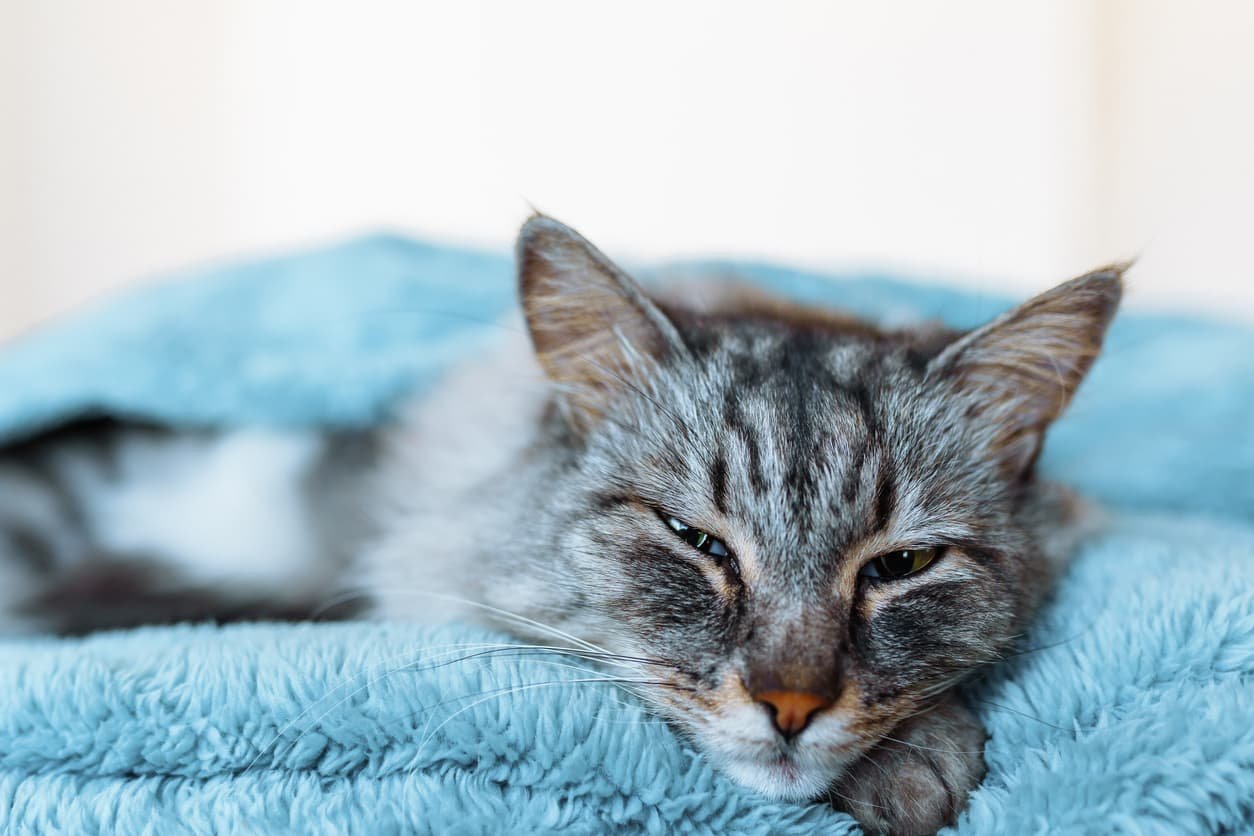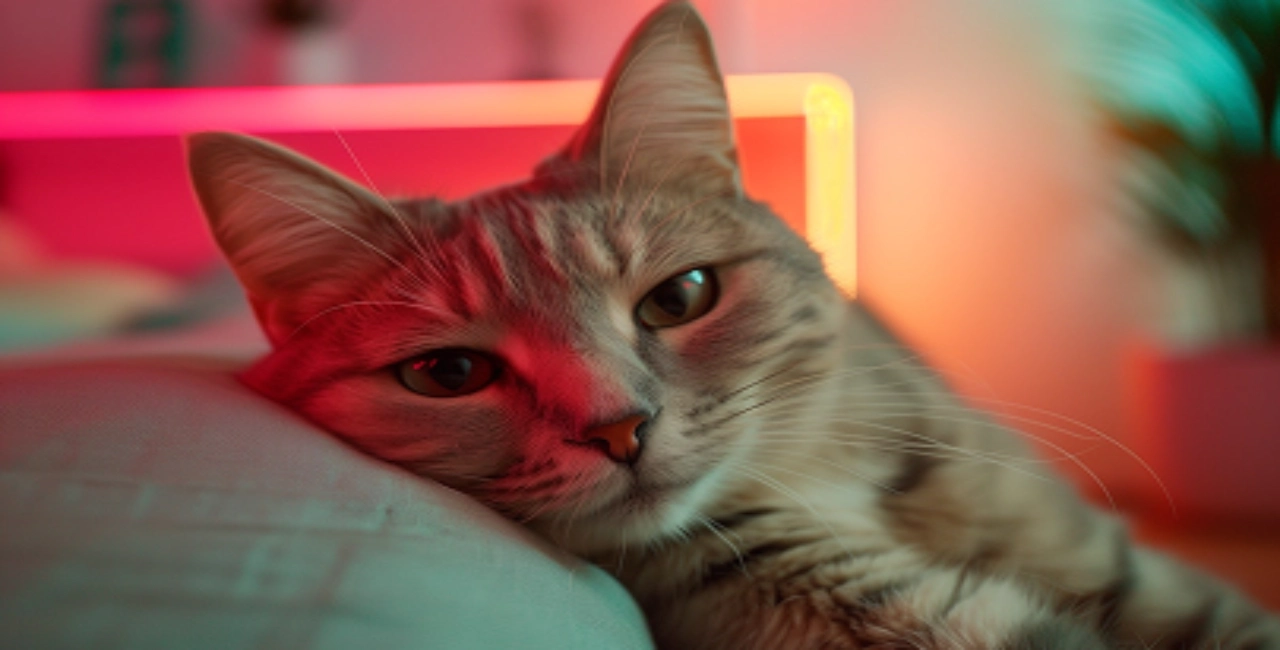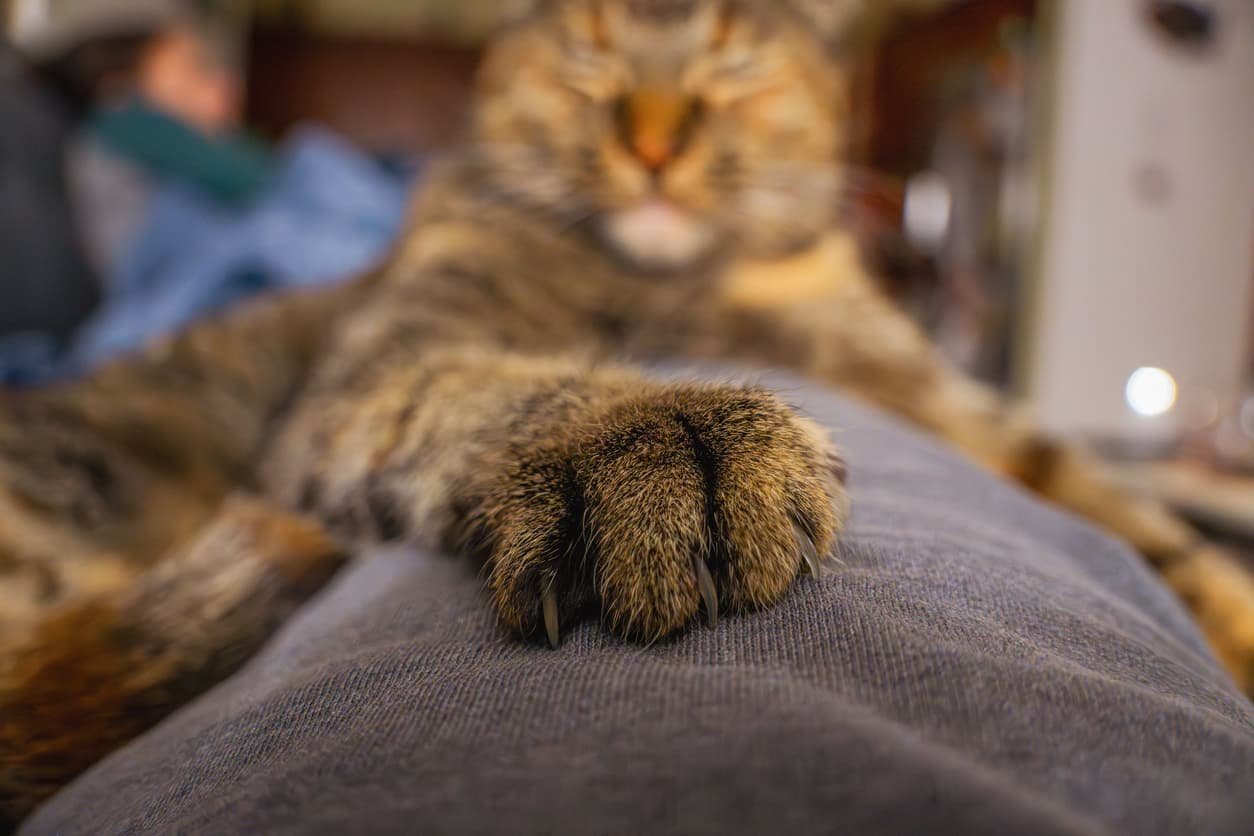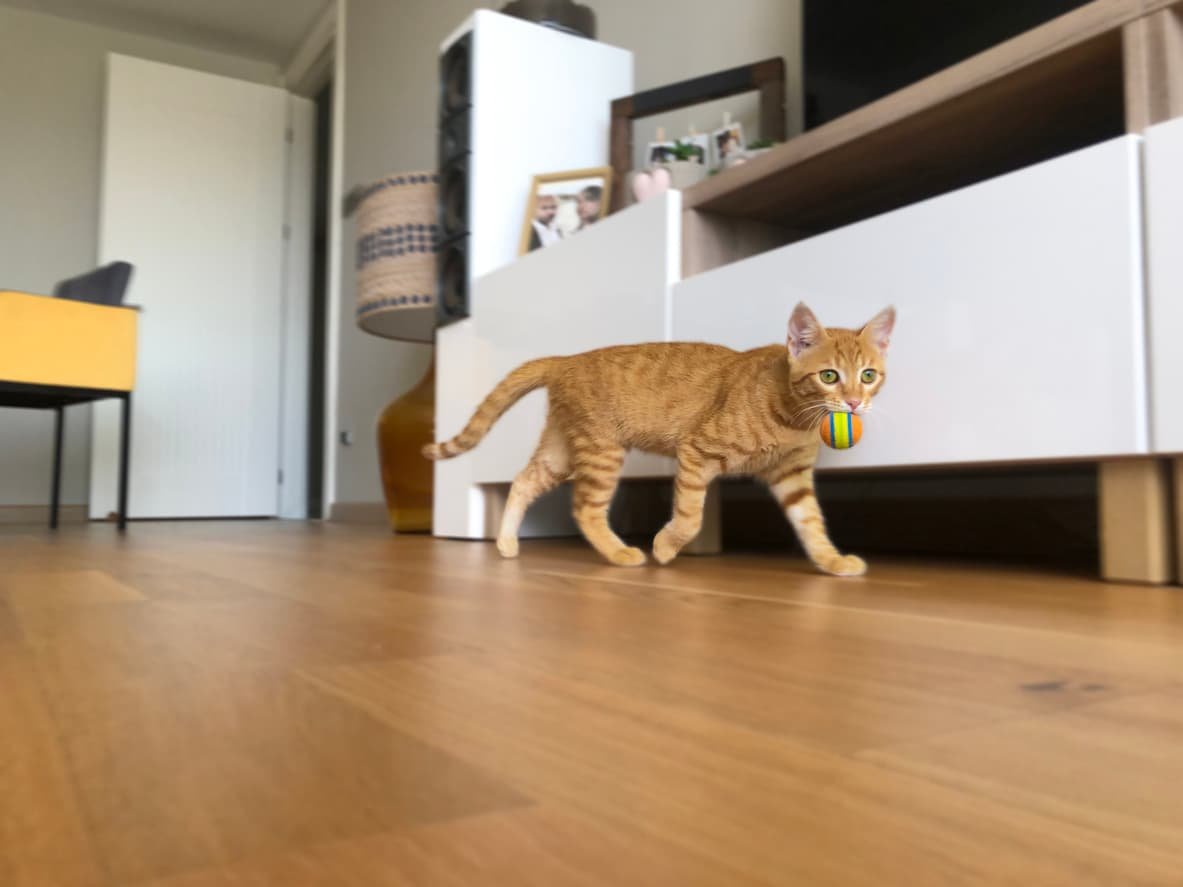Table of Contents
ToggleWhy Do Cats Knead? Understanding the Origins
Kneading is an instinct cats develop as kittens. When nursing, kittens knead their mother’s belly to stimulate milk flow, creating a comforting association between kneading and nourishment. This behavior is often carried into adulthood, acting as a soothing mechanism. Many cat owners often wonder, why do cats knead, and if it holds a special meaning in feline behavior.
Fun Fact:
Even cats separated from their mothers at an early age often continue to knead, as it’s ingrained in their instincts.
Why Do Cats Knead as Adults? Key Reasons Explained
While kneading starts as a survival behavior in kittenhood, adult cats knead for several reasons:
1. Marking Their Territory
Cats have scent glands in their paws. When they knead, they leave behind their unique scent, marking their territory. Whether it’s a favorite blanket or your lap, kneading is a subtle way of saying, “This is mine.”
2. Seeking Comfort
Kneading is a self-soothing action for cats. You might notice your cat kneading more often when they’re feeling relaxed or preparing to nap. This behavior often mimics the comforting motion they associate with nursing.
3. Showing Affection
If your cat kneads you, take it as a compliment! This is their way of showing love and trust. By kneading, they’re demonstrating that they feel safe and secure in your presence.
4. Preparing a Cozy Spot
In the wild, cats knead to create a soft, comfortable resting area in grass or leaves. Even though domestic cats don’t need to prepare their beds this way, the instinct remains.
5. Reliving Kittenhood Memories
Some cats knead when they’re especially content, as the motion may remind them of the comfort and warmth of nursing.

Why Does My Cat Knead and Purr?
Kneading is often accompanied by purring, a sign that your cat is feeling calm and happy. Purring is another behavior rooted in kittenhood, reinforcing the idea that kneading is closely tied to feelings of contentment and security.
Do All Cats Knead?
While kneading is common among cats, not all cats exhibit this behavior. Some may prefer other self-soothing actions, such as curling up or grooming. Whether your cat kneads or not often depends on their individual personality and upbringing.
When Kneading Becomes Painful for Owners
Cats can sometimes dig their claws into your skin while kneading, which can be uncomfortable. Here are a few tips to manage this:
- Trim Their Nails: Regular nail trimming can prevent accidental scratches.
- Use a Blanket: Place a soft blanket over your lap when your cat kneads to cushion the impact.
- Redirect Attention: If kneading becomes too painful, gently distract your cat with a toy or petting session.
Is Kneading Ever a Cause for Concern?
In most cases, kneading is a normal, healthy behavior. However, excessive kneading accompanied by signs of distress (e.g., yowling or overgrooming) could indicate anxiety or a medical issue. If you’re concerned, consult your veterinarian.
How to Encourage Healthy Kneading
Encouraging your cat’s kneading behavior can deepen your bond. Here’s how you can make the experience enjoyable for both of you:
- Provide Soft Surfaces: Cats love to knead on soft, plush fabrics like blankets or cushions.
- Reinforce Positive Behavior: Reward your cat with treats or affection when they knead in an appropriate spot.
- Respect Their Space: Never force your cat to knead. Let them engage in this behavior naturally.
Kneading: A Unique Expression of Feline Love
Kneading is more than just an adorable quirk—it’s a window into your cat’s instincts and emotions. Whether they’re marking their territory, expressing affection, or seeking comfort, kneading is a sign of trust and happiness.
So the next time your cat starts “making biscuits,” take a moment to appreciate this fascinating behavior. It’s their way of showing you love and reminiscing about the comforts of kittenhood. Understanding why do cats knead can strengthen the bond between you and your feline friend, giving you insights into their instincts and emotions.
FAQ
Do all cats knead?
Not all cats knead, but many do. Kneading is a natural, instinctive behavior often linked to comfort, contentment, or marking territory. It’s more common in relaxed or affectionate cats.
Is kneading always a sign of affection?
Kneading is often a sign of affection and comfort, but not always. It can also signal marking territory or self-soothing behavior. Context—like purring or cuddling—usually indicates its affectionate nature.
Can kneading be trained or stopped?
Kneading is instinctive and can’t be fully trained away, but you can manage it. Redirect with a blanket or toy, trim nails to reduce discomfort, and gently move your cat if needed—never punish, as it’s a natural behavior.
Why do some cats drool while kneading?
Some cats drool while kneading because they’re deeply relaxed and content. It’s a throwback to kittenhood when kneading and nursing were comforting—drooling can be a sign they feel safe and happy.
Do unhappy cats knead?
Unhappy cats typically don’t knead. Kneading is more often a sign of comfort and contentment. However, some stressed cats might knead as a self-soothing behavior, so it’s important to observe the overall context and body language.
Why does my cat knead me but not my husband?
Your cat may knead you instead of your husband because they feel more bonded, secure, or comforted by your scent, voice, or presence. Cats often choose one person to show more affection based on trust and familiarity.

